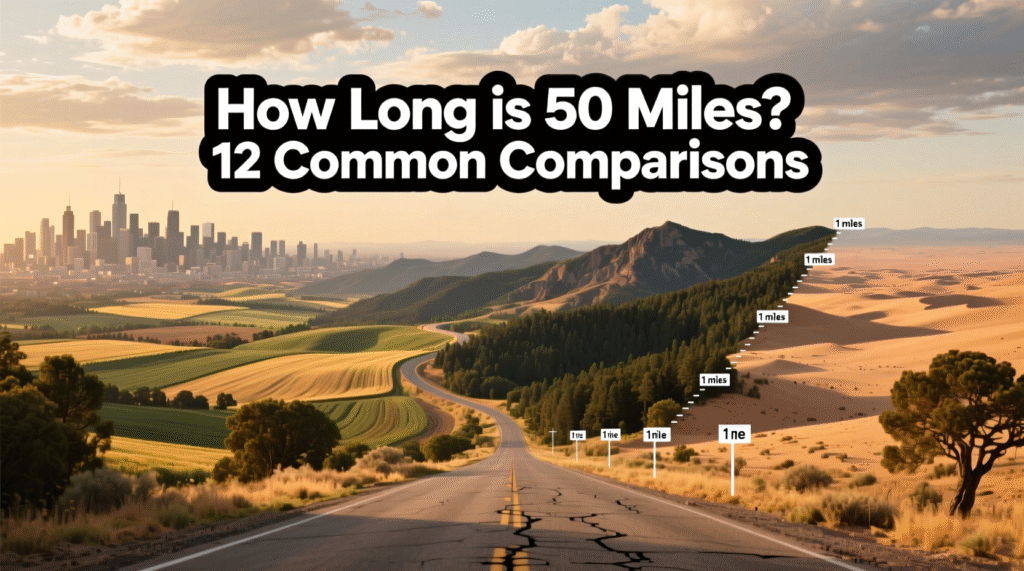Imagine planning a road trip and seeing a sign that says “Next Gas Station: 50 Miles.” For some, that feels like an eternity of driving, while for others, it might seem like just a short stretch. Distances can feel abstract until we connect them with familiar objects, daily experiences, or real-world scenarios. That’s where comparisons help turning a big number like 50 miles into something relatable and easy to picture.
How Long is 50 Miles?
Fifty miles is equal to 80.46 kilometers. To put it into perspective, it’s roughly the distance you’d drive on a highway for about one hour at average speed. It’s long enough to stretch across cities, span multiple landmarks, and cover distances that humans historically walked, biked, or even raced.
Understanding 50 miles in relatable terms can help with road planning, athletic training, or simply satisfying curiosity about distance. Let’s explore some comparisons that bring this length to life.
1. The Distance of Two Full Marathons
A single marathon measures 26.2 miles, which is already an impressive feat for any runner. But if you run two marathons back-to-back, you’ll have traveled just over 52 miles close to the 50-mile mark.
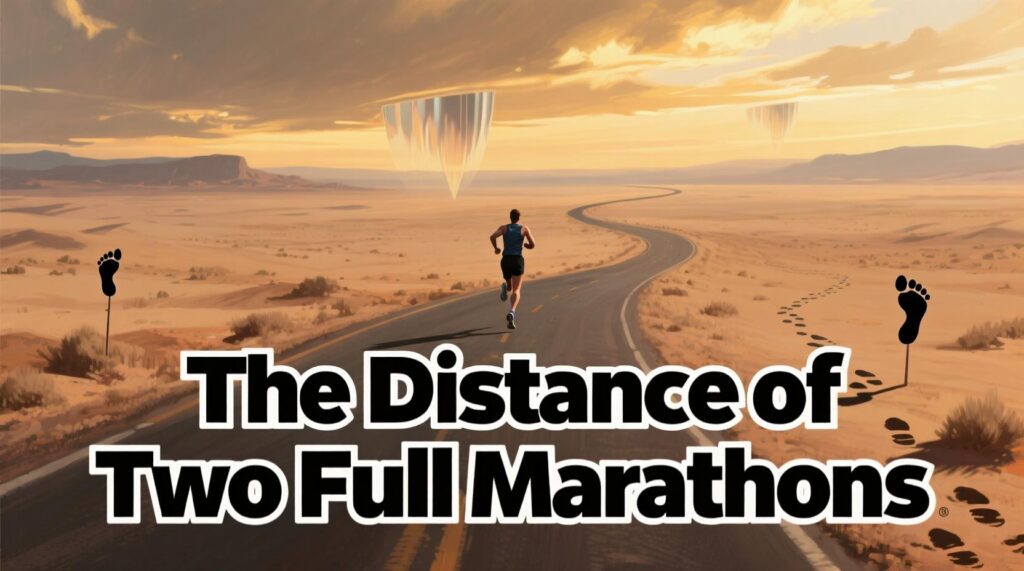
This comparison highlights how physically demanding such a distance is. Running one marathon takes months of training, let alone two. In ultramarathons, athletes often push themselves to run distances of 50 miles or more in a single event, testing not just endurance but mental resilience as well.
Interesting fact: The Spartathlon, an ultramarathon in Greece, covers 153 miles, nearly three times the length of 50 miles. It retraces the legendary run of Pheidippides, the messenger who inspired the concept of marathon running.
2. Driving Across a Medium-Sized U.S. City
Many medium-sized cities in the U.S. like Dallas, Orlando, or Charlotte are around 40 to 60 miles across when measured from one end to the other. That means driving 50 miles is often equivalent to crossing an entire metropolitan area.
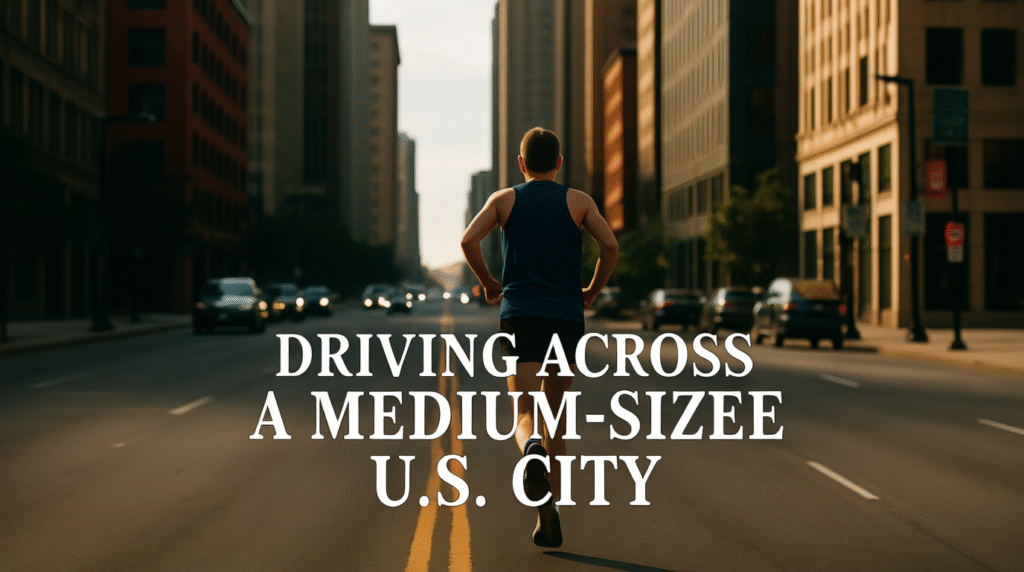
This measurement matters in daily commuting. People who live in suburbs often travel 20 to 25 miles one way for work, which means a daily round trip commute is close to 50 miles. That’s a lot of time spent on the road, highlighting why car fuel efficiency, road infrastructure, and public transport systems are such hot topics in urban planning.
Trivia: Los Angeles is one of the widest U.S. cities, stretching roughly 44 miles east to west, which is close to the 50-mile mark.
3. The Length of the English Channel at Its Narrowest Point
The English Channel, which separates southern England from northern France, is a world-famous waterway. At its narrowest point between Dover and Calais, it spans around 21 miles. That means 50 miles is more than twice the distance of the Channel crossing.
This comparison reveals just how long 50 miles truly is. For swimmers attempting to cross the Channel a grueling task often taking 10 to 15 hours imagine doubling that journey. Few could manage a swim of 50 miles in open waters.
Fun fact: The fastest recorded swim across the English Channel was completed in 6 hours and 55 minutes by Trent Grimsey in 2012. To go 50 miles, he’d have had to keep swimming for nearly 17 hours at that same pace.
4. A Modern Train Ride Between Two Major Cities
In many parts of the world, train travel makes 50 miles seem much shorter than it feels by car or foot. For example, the train ride from Philadelphia to Wilmington, Delaware, is roughly 50 miles and takes less than 30 minutes on high-speed rail.

This shows the practical importance of understanding distance. In regions with advanced train systems like Japan’s Shinkansen or France’s TGV 50 miles is covered in under 15 minutes. But in areas without fast trains, the same trip could take an hour or more.
Interesting note: The world record for the fastest train is held by Japan’s L0 Series Maglev, which reached 374 mph. At that speed, a 50-mile trip would take just 8 minutes.
5. The Circumference of Washington, D.C.
Washington, D.C., the U.S. capital, might not look massive on a map, but if you trace its outer boundary, the distance is about 50 miles.
This puts the measurement into an urban perspective. Walking around the capital’s edges would be an all-day trek for even the fittest hikers. For tourists, it highlights how compact yet dense the city is packed with museums, monuments, and government buildings all within that boundary.
Trivia: Despite its small size, Washington, D.C. has more museums per square mile than almost any other city in the world.
6. The Width of the Grand Canyon at Certain Points
The Grand Canyon is one of the most breathtaking natural wonders on Earth. At its widest points, it spans around 18 miles, but certain sections stretch closer to 50 miles across from rim to rim.
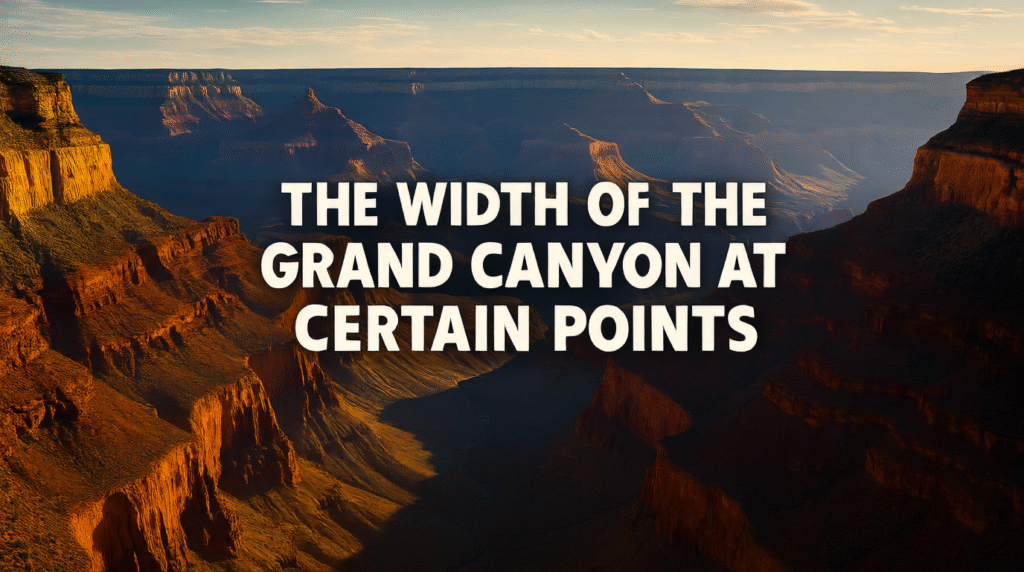
This comparison gives 50 miles a grand sense of scale. Imagine standing at one edge of the canyon and knowing the opposite side is as far away as driving from one city to another. The sheer vastness is part of why millions of tourists visit every year to experience its dramatic views.
Fun fact: Hiking across the Grand Canyon rim to rim is about 24 miles. To cover 50 miles, you’d need to cross it more than twice!
7. The Height of the Ozone Layer Above Earth’s Surface
Switching from geography to science, the ozone layer a protective shield in Earth’s stratosphere starts around 9 miles up and extends to nearly 50 miles above the surface.
This perspective shows how high 50 miles truly is when compared vertically. If you could stack Mount Everest (29,000 feet tall) almost 10 times, you’d just reach the outer edge of the ozone layer. That’s the distance sunlight travels through before reaching us, filtered for harmful ultraviolet rays.
Interesting fact: Without this layer, life on Earth would be exposed to deadly levels of solar radiation. Understanding its height helps us appreciate why protecting it is crucial.
8. The Distance Between New York City and Princeton, New Jersey
New York City is one of the busiest cities in the world, and Princeton is home to one of the most prestigious universities in the United States. The two locations are separated by about 50 miles.
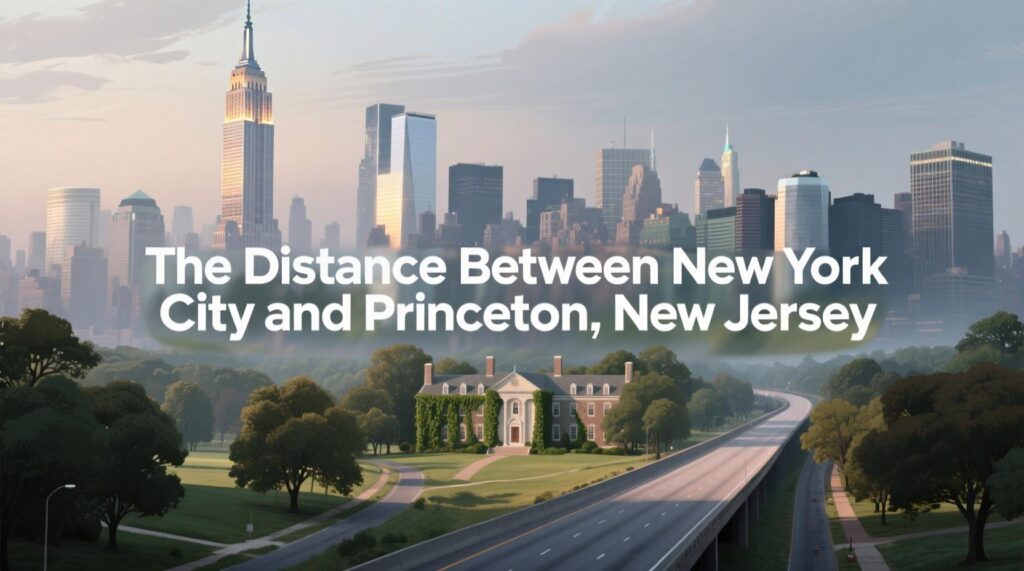
This comparison shows how 50 miles is a manageable day trip, often taking just over an hour by car depending on traffic. For students commuting, this distance can feel both close and far depending on daily schedules.
Fun fact: Albert Einstein spent much of his career at Princeton, meaning he lived just 50 miles away from Manhattan’s bustling streets.
9. The Length of Lake Geneva in Switzerland
Lake Geneva, nestled between Switzerland and France, is one of Europe’s largest lakes. Stretching around 50 miles from end to end, it’s a perfect natural example of this distance.
This measurement matters because the lake is a major hub for tourism, water sports, and international events. The shoreline covers several cities, including Geneva and Montreux.
Interesting trivia: The famous Montreux Jazz Festival takes place on the shores of Lake Geneva, attracting artists and visitors from around the globe sometimes traveling nearly the entire 50-mile stretch of the lake.
10. The Distance of the Hoover Dam to Las Vegas
The Hoover Dam, one of America’s engineering marvels, sits roughly 50 miles away from Las Vegas.
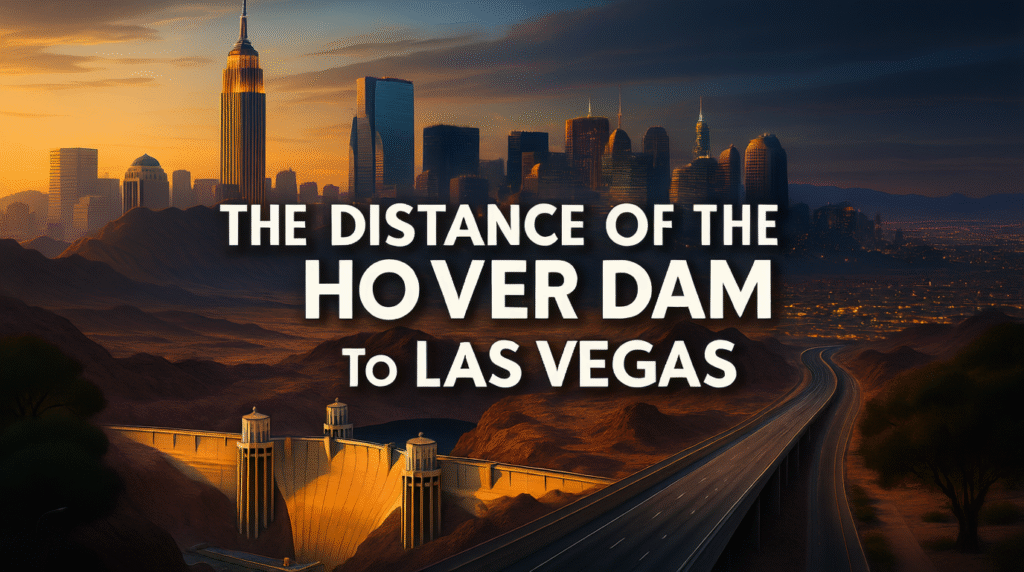
This distance is practical because millions of tourists who visit Las Vegas often add the dam to their travel plans. A 50-mile trip makes it a comfortable half-day excursion, giving perspective to how far major attractions can be from popular cities.
Fun fact: The Hoover Dam provides power to Nevada, Arizona, and California three states within driving distances that all depend on its output.
11. The Width of Mount Kilimanjaro’s Base
Mount Kilimanjaro in Tanzania is the tallest mountain in Africa, standing 19,341 feet above sea level. At its base, the mountain spans nearly 50 miles across.
This scale emphasizes the sheer enormity of the mountain. While climbing it takes days, the distance around its base gives an appreciation for its size from all directions.
Trivia: Kilimanjaro has five distinct climate zones, ranging from tropical rainforest at the bottom to arctic conditions at the peak all within that 50-mile base span.
12. The Length of the Panama Canal
The Panama Canal, a man-made engineering wonder, connects the Atlantic and Pacific Oceans. Its total length is around 50 miles, making it a perfect real-world example of this distance.
This length is vital for global trade, as it allows ships to bypass the lengthy and dangerous trip around South America’s Cape Horn. Crossing the canal typically takes 8–10 hours.
Fun fact: About 14,000 ships pass through the Panama Canal every year, carrying nearly 5% of all global trade a massive impact for a 50-mile passage.
Conclusion
Fifty miles isn’t just a number it’s a versatile distance that shows up in travel, sports, geography, and even atmospheric science. Whether it’s the length of two marathons, the width of the Grand Canyon, or the protective layer above Earth, this measurement connects to many aspects of our world.
Next time you see a road sign marking 50 miles, think beyond the asphalt. Picture the Channel, a marathon course, or the height of our planet’s ozone shield. By relating abstract numbers to real-world comparisons, we make them easier to grasp and more fascinating to explore.

James Harrington is a writer known for his compelling storytelling and diverse themes. His work blends creativity with thought-provoking ideas, captivating readers across genres. Through his website, DimensionsGo.com, he shares his latest projects, insights, and literary reflections, building a global community of readers and writers.

